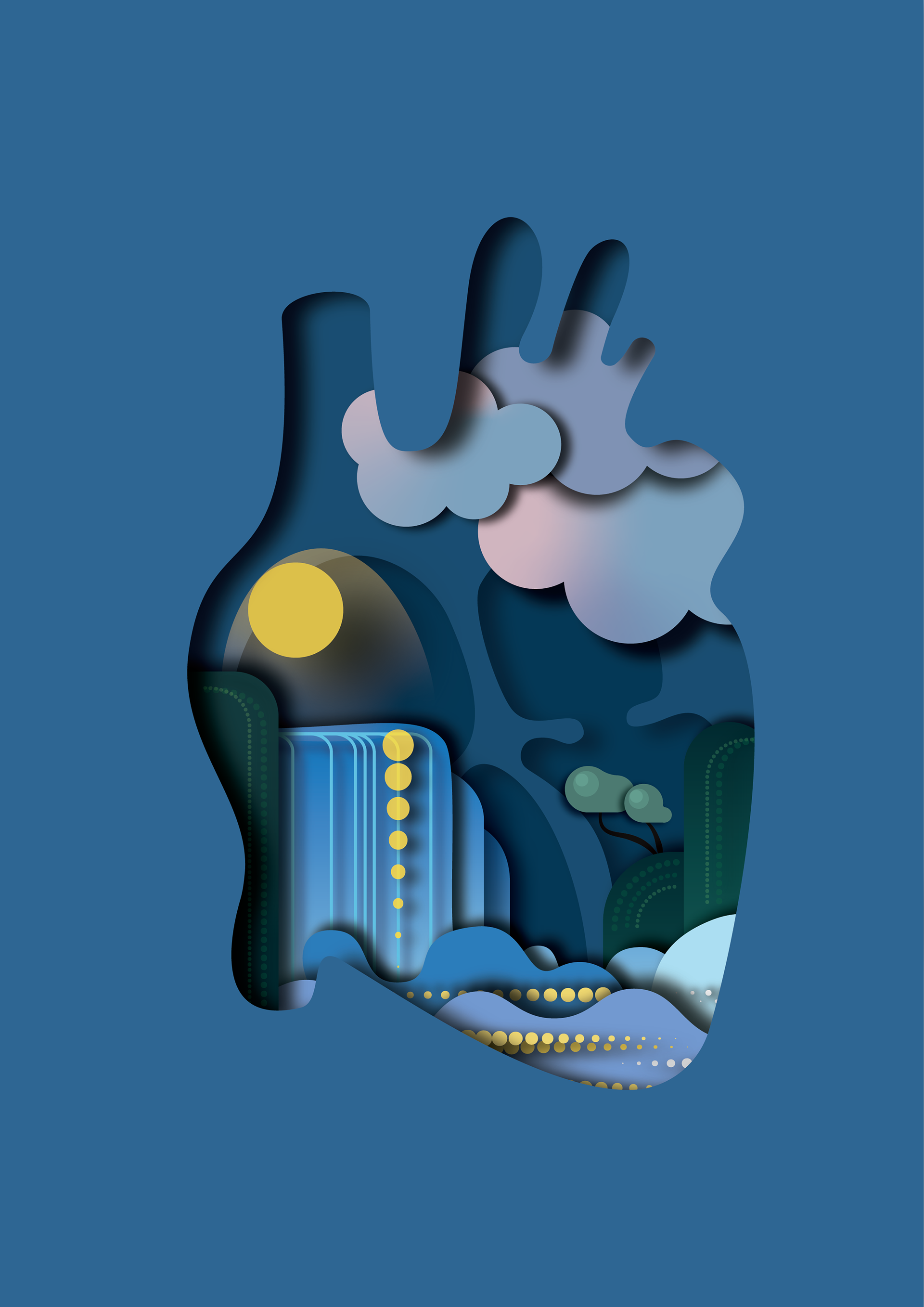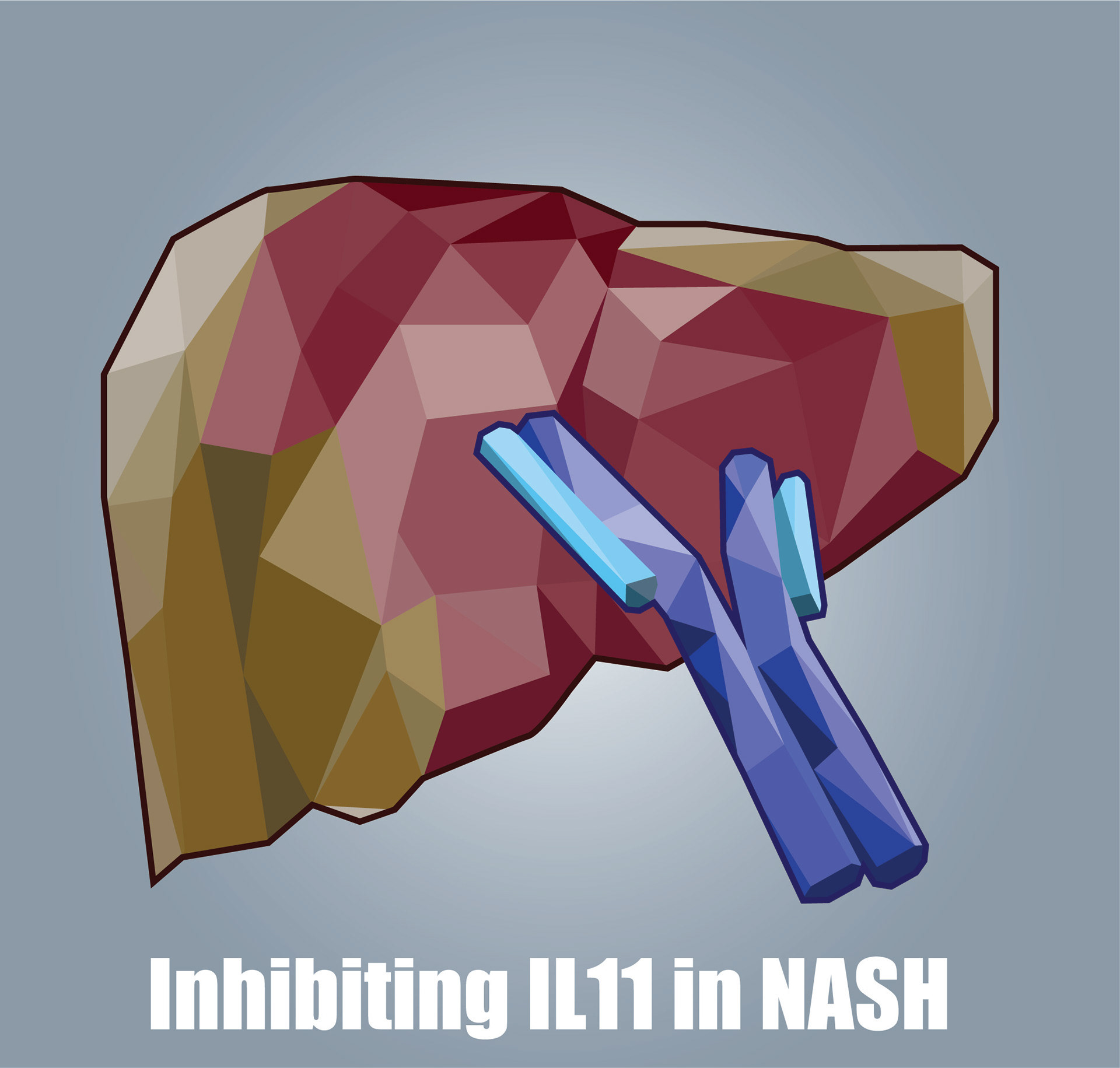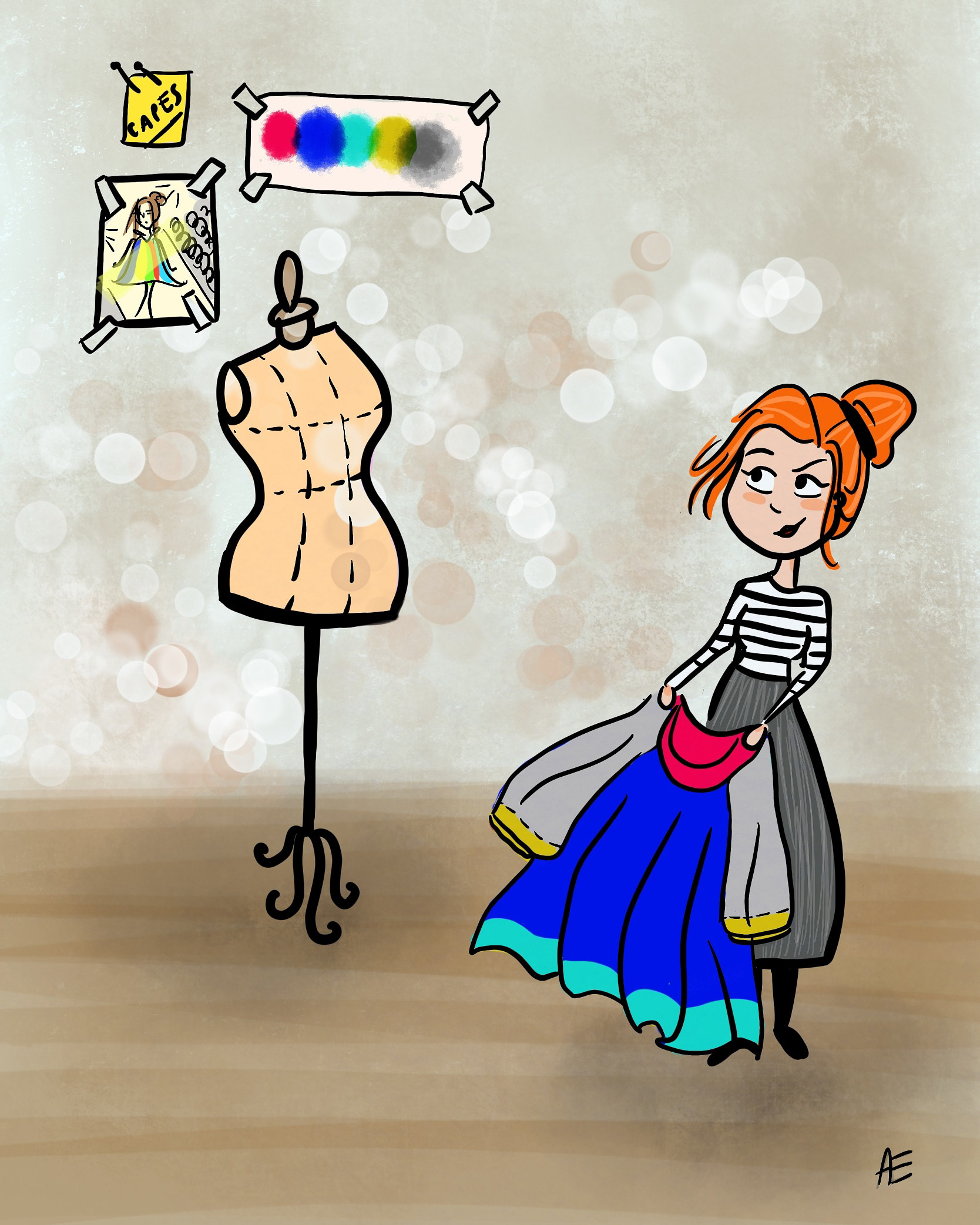In this illustration, the diseased heart is displayed as a piñata being hit by a DNA bat to signify the genetic impact of the variants that were studied in the article: "Pathogenic variants damage cell compositions and single cell transcription in cardiomyopathies. Science 2022".
Patient cells are illustrated as confetti flying out of the heart and the colours recall the five main genotypes discussed in the paper.
Patient cells are illustrated as confetti flying out of the heart and the colours recall the five main genotypes discussed in the paper.
© Dr. Eleonora Adami, MDC
This one has a special meaning for me as it has been chosen as cover art by Molecular Cell for an article I co-authored.
The text accompanying the illustration stated: "In Greek mythology, Atlas is a Titan who carries the world on his shoulders. In modern language, because of the work of the 16th century geographer Mercator, the term atlas has come to signify “a collection of maps of the known world.” The illustration shows Atlas holding a translating ribosome, in reference to the paper by Chothani et al. in this issue of Molecular Cell, in which the authors present a comprehensive map of human RNA translation in multiple tissues and cell types.
Illustration: Dr. Eleonora Adami"
This illustration was published on the cover of Neuron (Cell Press), Vol110, Issue 7, with the accompanying text:
"The illustration is a dream-like depiction of an alert mouse arising from its own sleeping brain under the shadow of a predator. The awake mouse is surrounded by a neuronal forest, representing the circuitry that allows prompt reaction to a predator threat.
In this issue of Neuron, Tseng et al. (pages 1223–1239) demonstrate a REM sleep-active neuronal pathway mediating defensive responses across REM sleep and wakefulness.
Illustration by Dr. Eleonora Adami."
"The illustration is a dream-like depiction of an alert mouse arising from its own sleeping brain under the shadow of a predator. The awake mouse is surrounded by a neuronal forest, representing the circuitry that allows prompt reaction to a predator threat.
In this issue of Neuron, Tseng et al. (pages 1223–1239) demonstrate a REM sleep-active neuronal pathway mediating defensive responses across REM sleep and wakefulness.
Illustration by Dr. Eleonora Adami."


IL11 in NASH
Left: The Mirò-inspired drawing was featured on the cover on Frontiers Neuroscience: Neurotechnologies for Human Augmentation. Right: This illustration was a cover art suggestion for the Issue of the scientific journal Gastroenterology, to accompany this paper.
Below left: Cover art suggestion for this PNAS article. MBNL1 is a suppressor of tumor dedifferentiation and its downregulation led to increased tumorigenic and stem/progenitor-like properties in vitro and in vivo.
Below right: Cover for this article on Nature Behavioural and Social Sciences blog: Tailoring our CAPES for a successful career in science. Capes = Collaborations / Awards / Publications / Education / Society.


